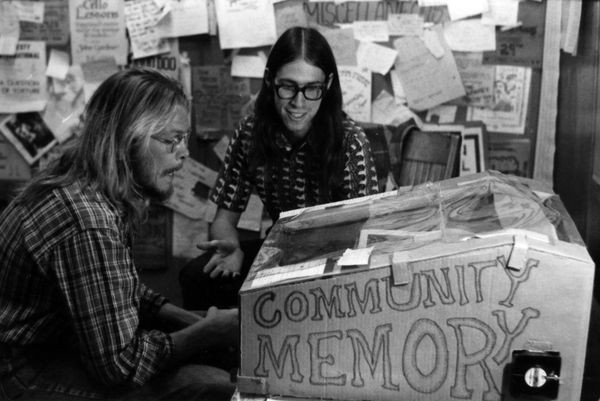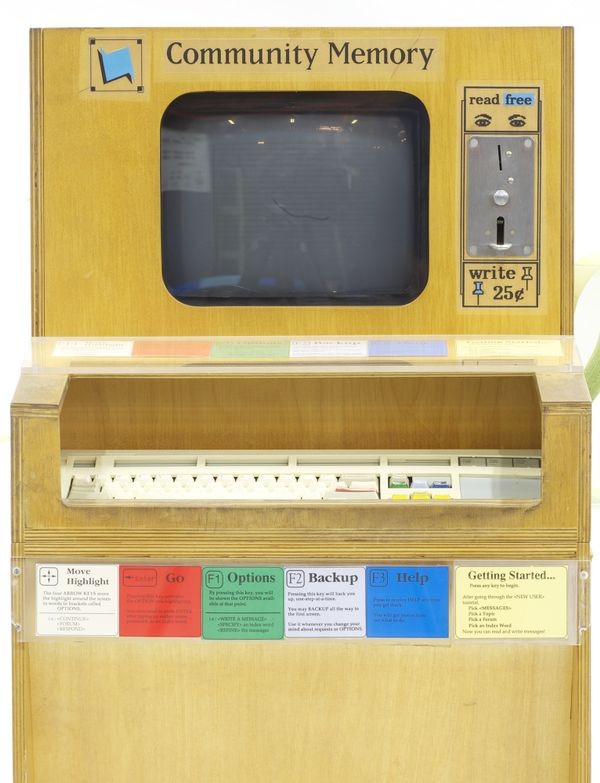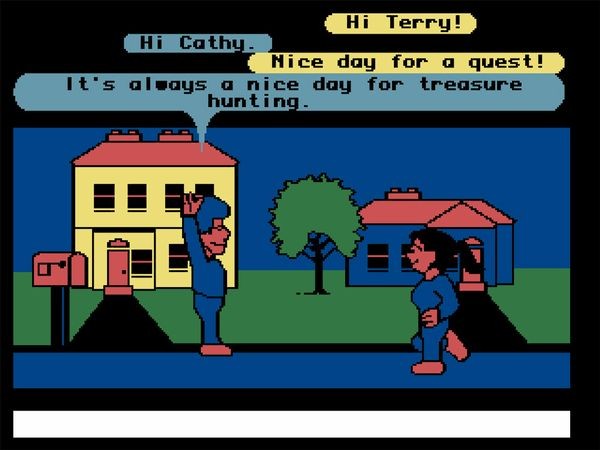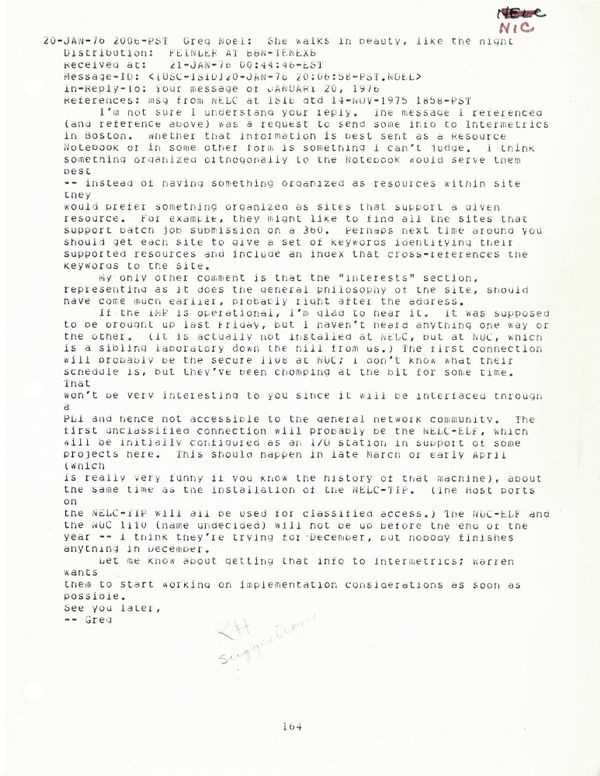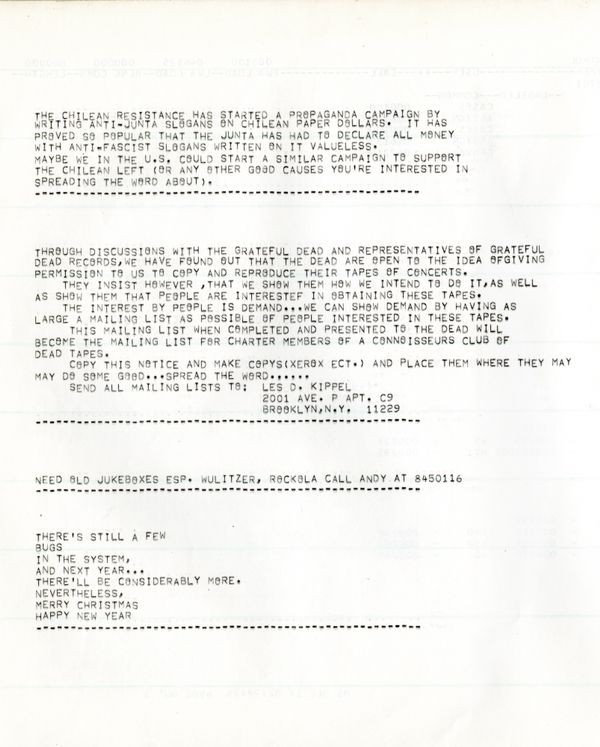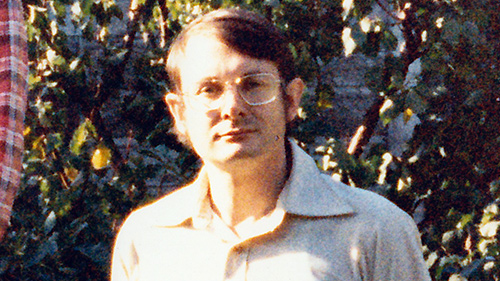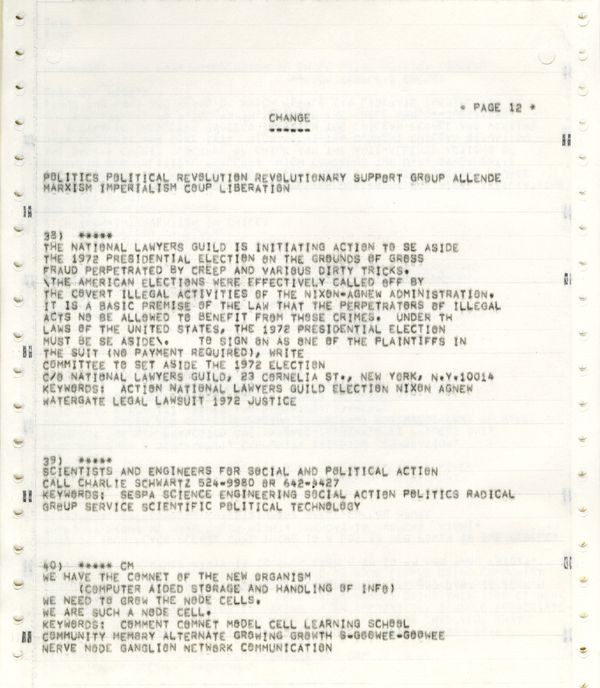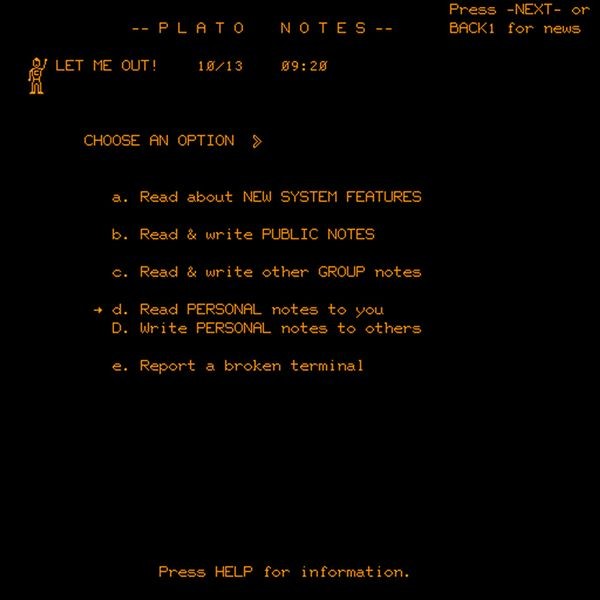Communicating Through Computers
Community Memory terminal at Leopold’s Records, Berkeley, California
Anyone could use this terminal, connected to a mainframe timeshared computer, for posting messages. That was a radical idea when computers were seen by the counterculture as tools of government and corporate power.
Communicating Through Computers
Computer users began communicating and forming communities as soon as they were linked through timesharing systems in the 1960s. They had realtime chat, person-to-person e-mail, and public discussion groups.
Online systems have added many other tricks since, from publishing to virtual worlds. Yet the earliest forms of communication still thrive, and remain the foundation of online communities.
Online Communities
We’ve been sending electronic messages for over 150 years, starting with telegrams. Computers are just the latest tool.
Computer-based communities have roots in chat among 1800s telegraph operators, who once even conducted a long-distance wedding.
The 1960s timesharing systems pioneered messaging and discussion boards. As computers were networked in the 1970s, academic communities like Usenet multiplied, and email exploded. Community Memory in 1973 was an early forum for non-techies. Later, mass-market online services like AOL, CompuServe, and France’s Minitel united millions, paving the way for today’s Web-based discussion lists, social networking sites, and virtual worlds.
Community Memory terminal
Connected to a mainframe the collective owned in San Francisco, the service offered bulletin boards, messages, classified ads, and more. Some were online extensions of the physical bulletin boards that were an institution at the hip record store.
View Artifact DetailLucasfilm Habitat online community
Some virtual worlds were just for gaming, like ADVENTURE. Others, like Habitat – the first to run on inexpensive PCs -- and its descendant Second Life, were fully-developed online communities.
View Artifact DetailCommunity nose
Communicating at only 10 characters per second with a mainframe computer, the first terminal was located next to a conventional paper bulletin board it was meant to replace.
View Artifact DetailLee Felsenstein: The First Community Memory
Chapter Menu
1. The First Community Memory
2. The Commons of Information
Community Memory Messages
Communicating at only 10 characters per second with a mainframe computer, the first terminal was located next to a conventional paper bulletin board it was meant to replace.
View Artifact DetailPLATO Notes screenshot
Community-building features were wildly popular when introduced on the pioneering PLATO online courseware system starting in 1973: message boards, email, chat rooms, instant messaging, remote screen-sharing and emoticons.
View Artifact Detail